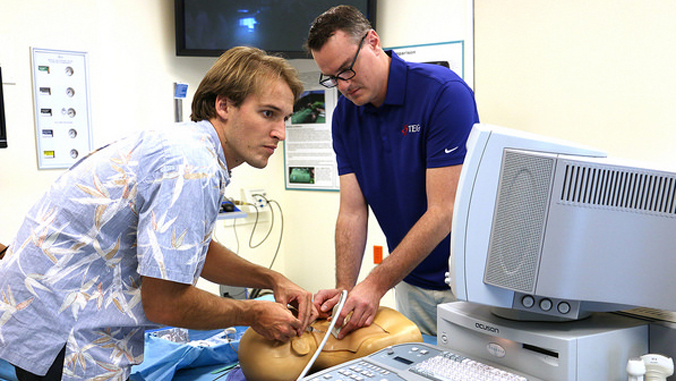
Psychiatry faculty at the University of Hawaiʻi at Mānoa John A. Burns School of Medicine (JABSOM) recently published findings on the effect of methamphetamine use on emergency department resources. Amphetamine-positive patients spent more time per visit on average in the emergency department and were more likely to require medication and physical restraints, compared to amphetamine-negative patients.
The researchers from JABSOM examined visits from 2007 to 2011 to an emergency room of a single Honolulu hospital. Overall, out of 16,018 patients, 15.1 percent of the drug-screened patients tested positive for amphetamines over the study period.
The rate of patients who tested positive for amphetamine was measured and broken down by year. Researchers measured how long the person was treated in the emergency room, whether medication or physical restraints were needed for patient and staff safety, and how many of the patients required psychiatric hospitalization.
The study by Brian Schultz, Brett Lu, Jane Onoye and Tara Toohey was published in the December issue of Hawaiʻi Journal of Medicine and Public Health (PDF).
The researchers note however, that the toxicology screening available at the medical center was limited—amphetamine-positive screens were used as a proxy for methamphetamine use. The study assumes that a significant majority of patients who screened positive for amphetamines had been using methamphetamine, but acknowledges there were likely patients counted among those who tested positive for amphetamines who were not using methamphetamine.
Also, a positive drug screen indicates exposure to the drug at some time over the prior three days, but not necessarily that the patient was intoxicated at the time he or she arrived at the emergency room, or that going to the ER was related to methamphetamine use.
The authors stress the amphetamine positive patients in the study likely comprised a combination of acutely intoxicated patients, patients in withdrawal, patients without residual symptoms and patients not using methamphetamines.

